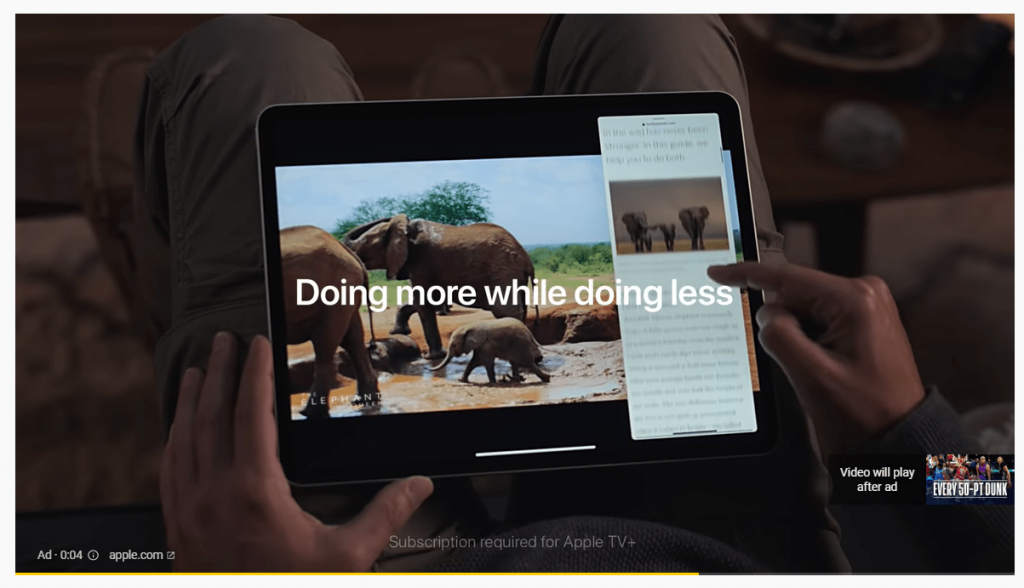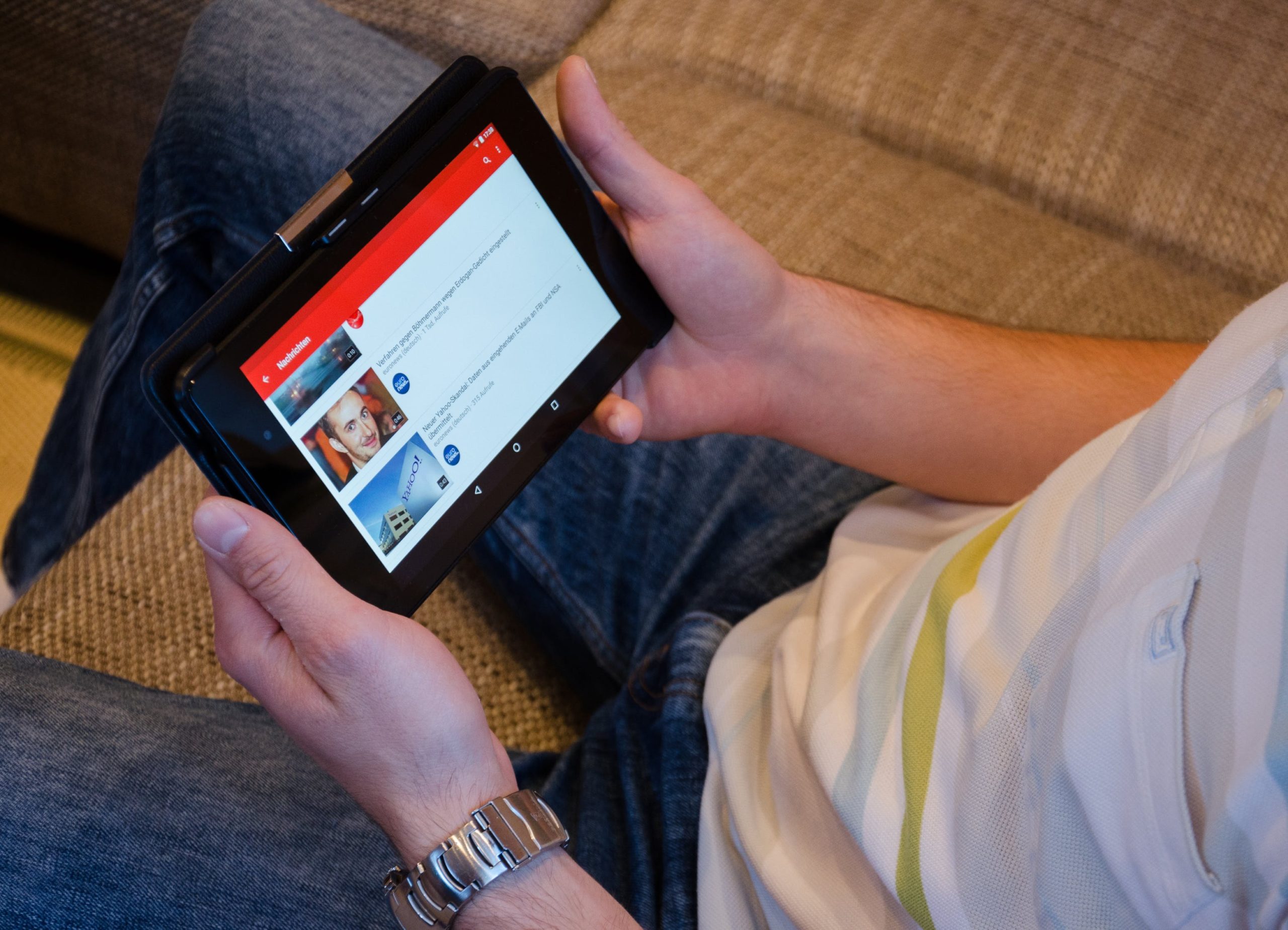Seeing as it’s 2020, we’ll assume you’re well-versed in YouTube advertising at least from the point of view of a YouTube viewer. Given how familiar we all are with YouTube ads, that certainly gives you (along with all advertisers) an advantage with this medium; from a content perspective, you know exactly what makes a YouTube ad insufferable (or worse, immemorable) versus what makes an ad on this platform effective.
Other than its properties as a vehicle for content, YouTube has other benefits that are more in line with the focus of modern digital marketers. Favorable statistics, for example, include the following:
- In any given month, Americans aged 18 and older spend more time watching YouTube than any TV network
- On mobile devices, more Americans aged 18 to 49 watch YouTube during prime time than they do the top 10 prime time shows combined
- Of that same demographic, 80% will watch YouTube during an average month
There are numerous metrics that tell a similar story. It’s no wonder, then, that over the last two years the number of small- and medium-sized businesses advertising on YouTube has doubled. Yet still, the majority of small- and medium-sized businesses in the US do not advertise on YouTube, meaning doing so gives your business and brand a significant competitive advantage.
YouTube Marketing Goals and Performance Metrics
Just like any digital marketing campaign, you want to clearly identify what you’re trying to achieve prior to kicking everything off. With YouTube, there’s various stages of the conversion funnel that you can focus on. Goals that YouTube is particularly well-suited for include:
- Building brand awareness and ad recall
- Growing users’ interest
- Driving users to action
Once you’ve decided on your goals, there are a lot of metrics available to help you measure your campaign’s success. Common ones include the following:
- Ad views
- Ad view rate
- Average cost per view (CPV)
- Average watch time
- Clicks
- Click-through rate
- Engagements
- Engagement rate
- Unique Views
There are more metrics beyond these, of course, but the above are some useful ones to get started. Whichever ones you choose to focus on will likely be determined by what your campaign goals are; all of these are insightful and relevant depending on what angle you’re most interested in.
Ad Options on YouTube
Assuming you’re someone who watches YouTube (even just occasionally), you’re probably able to count off at least a few different ad types on YouTube. Just so you have a comprehensive list in one place, they are:
- Skippable in-stream ads
- Non-skippable in-stream ads
- Video discovery ads
- Bumper ads
- Outstream ads
- Masthead ads
Skippable ads are probably the first ones that come to mind — they can appear before, during or after other videos, and the viewer has the option to skip after five seconds. Non-skippable ads also appear before, during or after other videos and have the advantage of, well, being non-skippable, so that the viewer must watch the whole thing. Their caveat, however, is that they must be 15 seconds or shorter. While their advantage over skippable ads is clear, a disadvantage is that, for these ads, you pay per impression, while for a skippable ad, you only pay each time a viewer watches 30 seconds or more (or interacts with the ad). Hence, you can build up a decent amount of brand recognition with a skippable ad for less cost.

Example of Non-Skippable Ad
Video discovery ads, meanwhile, are not imbedded in a video itself, but rather show up on the YouTube interface next to video search results or next to related YouTube videos.

Example of Discovery Ad
Then there’s bumper ads, which are similar to non-skippable in-stream ads in that they are non-skippable. They play before, during, or after videos and can only be a maximum of six seconds long.
Outstream ads are videos that auto-play without sound, with viewers having the option to unmute and watch fully. These are used as a cost-efficient way to increase your video’s reach.
Last are masthead ads, which are significant enough that they’re only available via reservation through a Google sales representative.

Example of Masthead Ad
Other Factors and Getting Started
Before you get started, it’s important to identify your approach to a couple other variables. After all, it’s hard to have a successful marketing campaign if you don’t clearly define what “success” is and what unified approach will get you there.
The first is homing in on what kind of targeting you’d like to focus your campaign towards. YouTube allows you to target viewers based on numerous qualities, including demographics, interests, remarketing status, placements, topics they’re watching, or keywords used. Other settings — available with any Google Ads campaign type — include targeting based on location, device type, or ad scheduling.
It’s also important to be aware of how payment works with YouTube advertising. As we talked about previously, there are variations how much you pay based on which ad type you use. That being said, the default payment is cost-per-view. CPV works pretty much how it sounds in that it charges the advertiser a set amount per view (in most cases, one “view” means 30 seconds or more, although that isn’t the case for 100% of ads). For ads with interactive overlays or links, CPV also charges the advertiser each time a viewer clicks on those components.
With this, you need to determine your maximum CPV, which is the maximum amount you’re willing to bid for one view. It’s important to know that, while setting your maximum means you can be charged that much money for any given view, it doesn’t mean you will be charged that much. That’s because, with the Google Ads auction, you’ll only be charged the minimum amount needed to rank higher than the bid immediately beneath you.
Once you’ve got an idea of where to go with those variables, it’s time to get started!
The first step is to create a campaign within your Google Ads account. Assuming you have experience with Google Ads, you’ll quickly recognize that the settings are similar to many other campaign types. You’ll set your daily budget, set up ad groups, and so on. Deciding on these settings is then likely familiar to you — but if you’re relatively new to Google Ads, Google has a helpful step-by-step guide to setting up a campaign here.
And one last thing to remember is that different ad types have different spec requirements. Check out those here to make sure your content will qualify.
Now, you should be good to go to get started advertising on YouTube! Begin a campaign, experiment with different settings, and you’ll soon figure out a strategy that works best for you.
For any additional questions or to launch your own YouTube campaign, contact us at Fujisan Marketing for information about how we can help.




